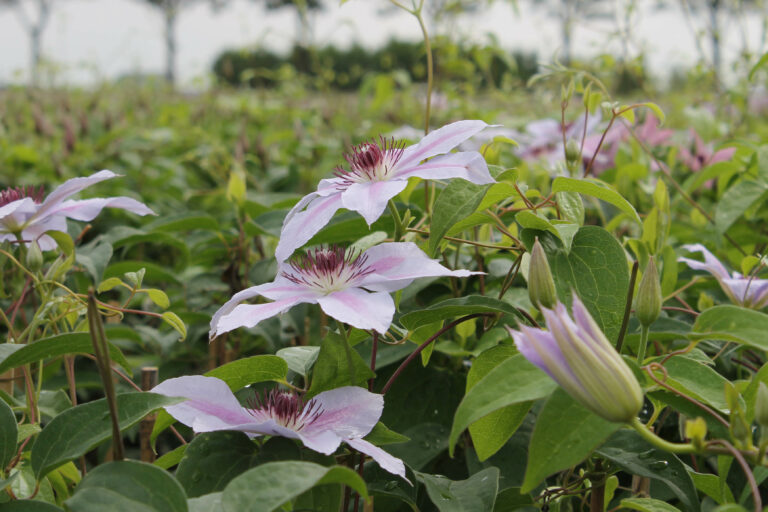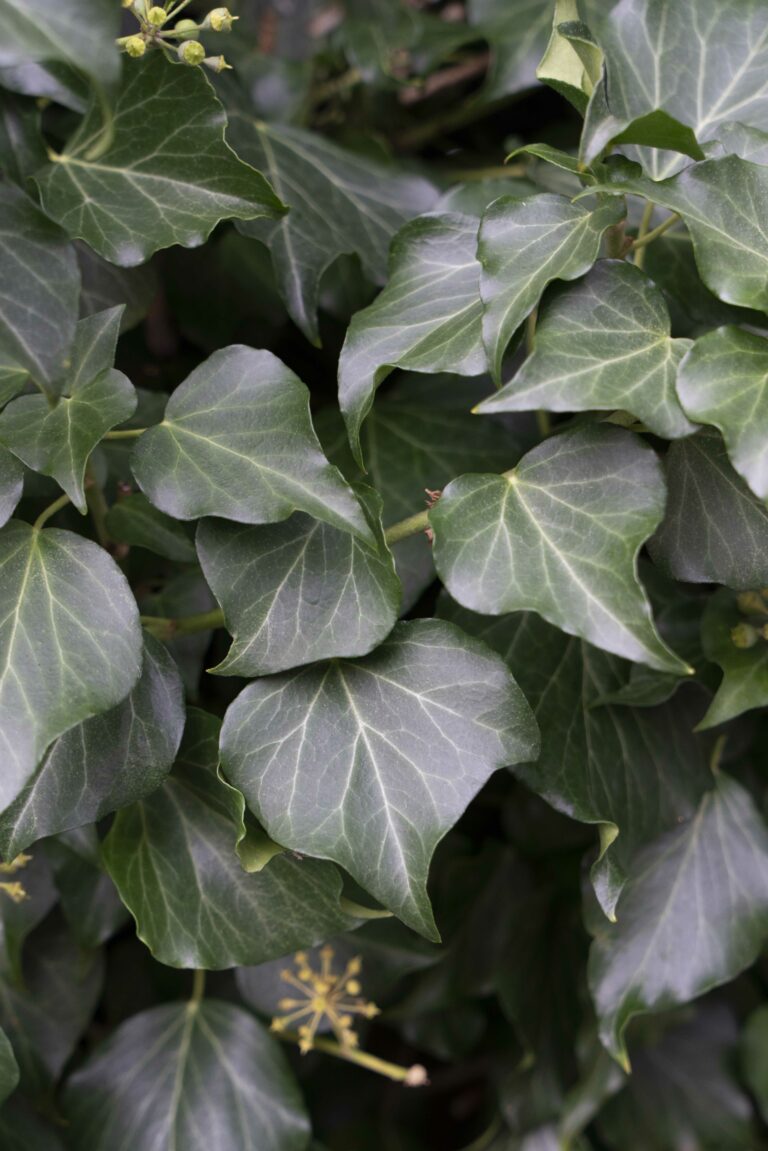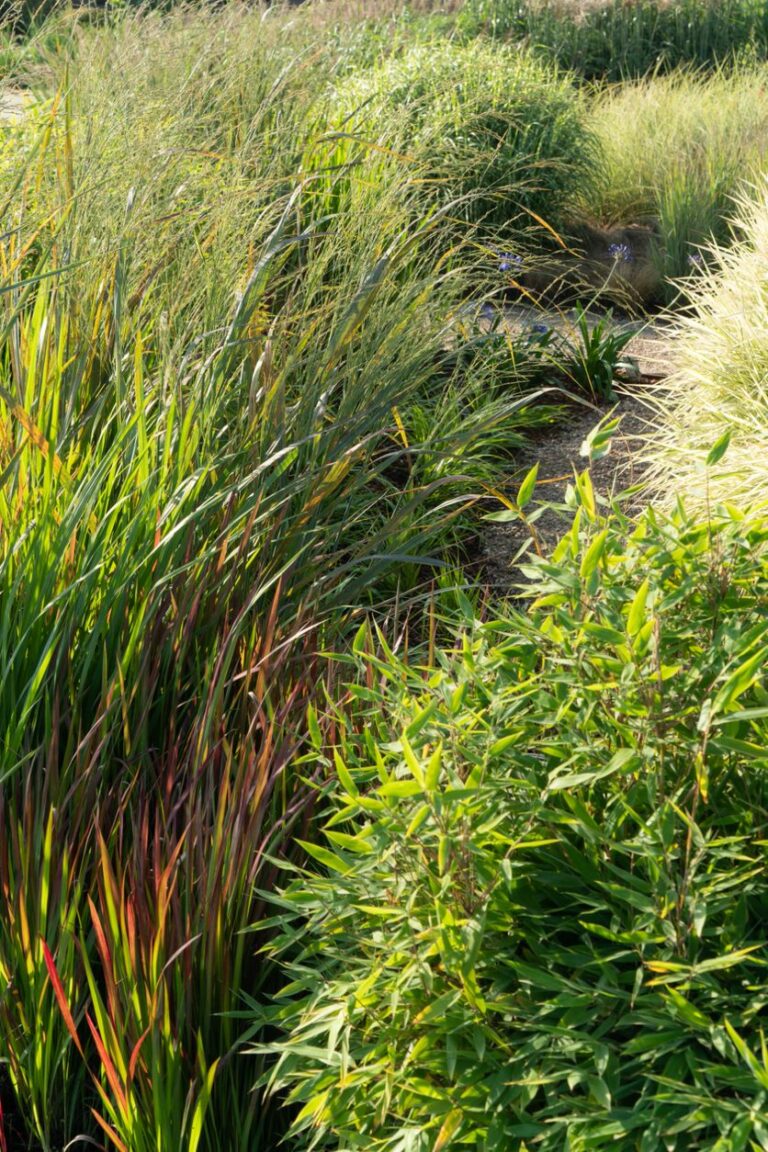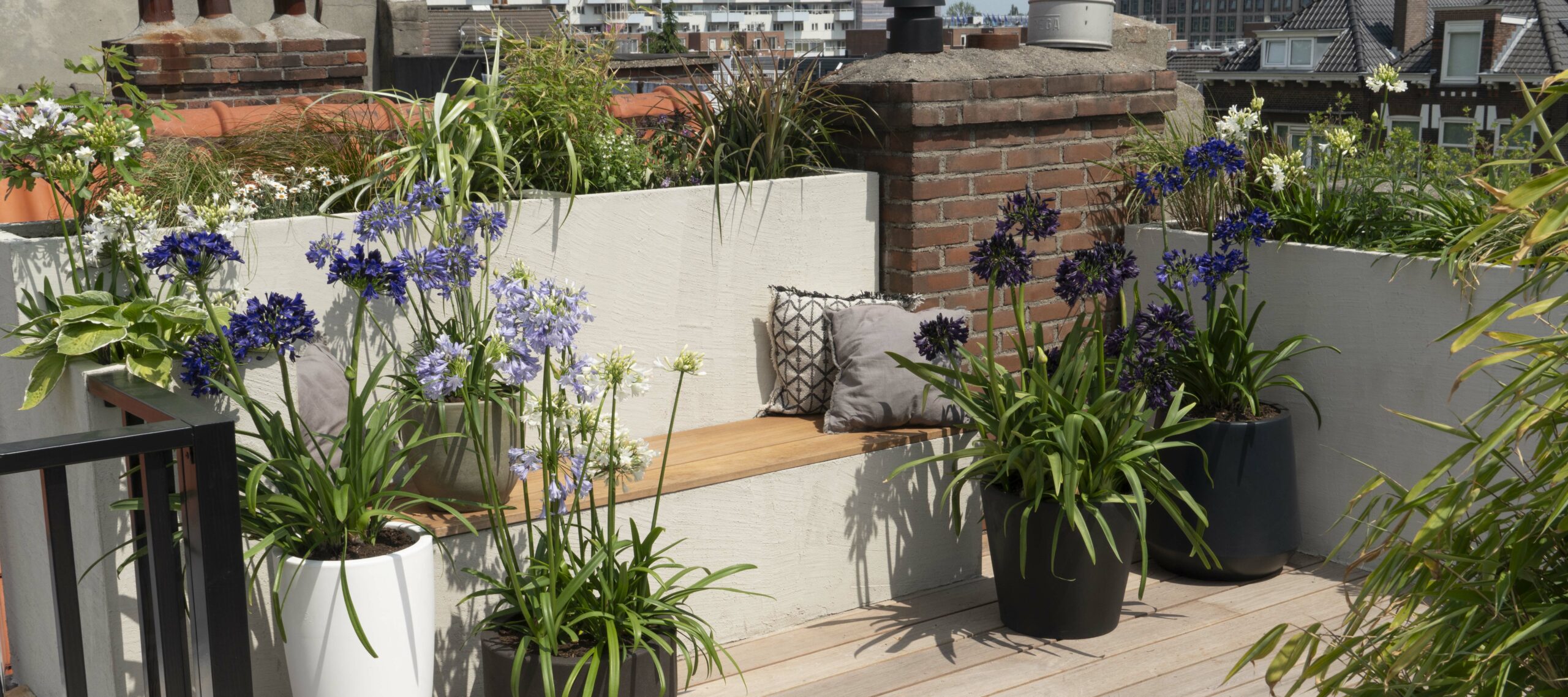
Langdurige en goede bloei
extra lang genieten
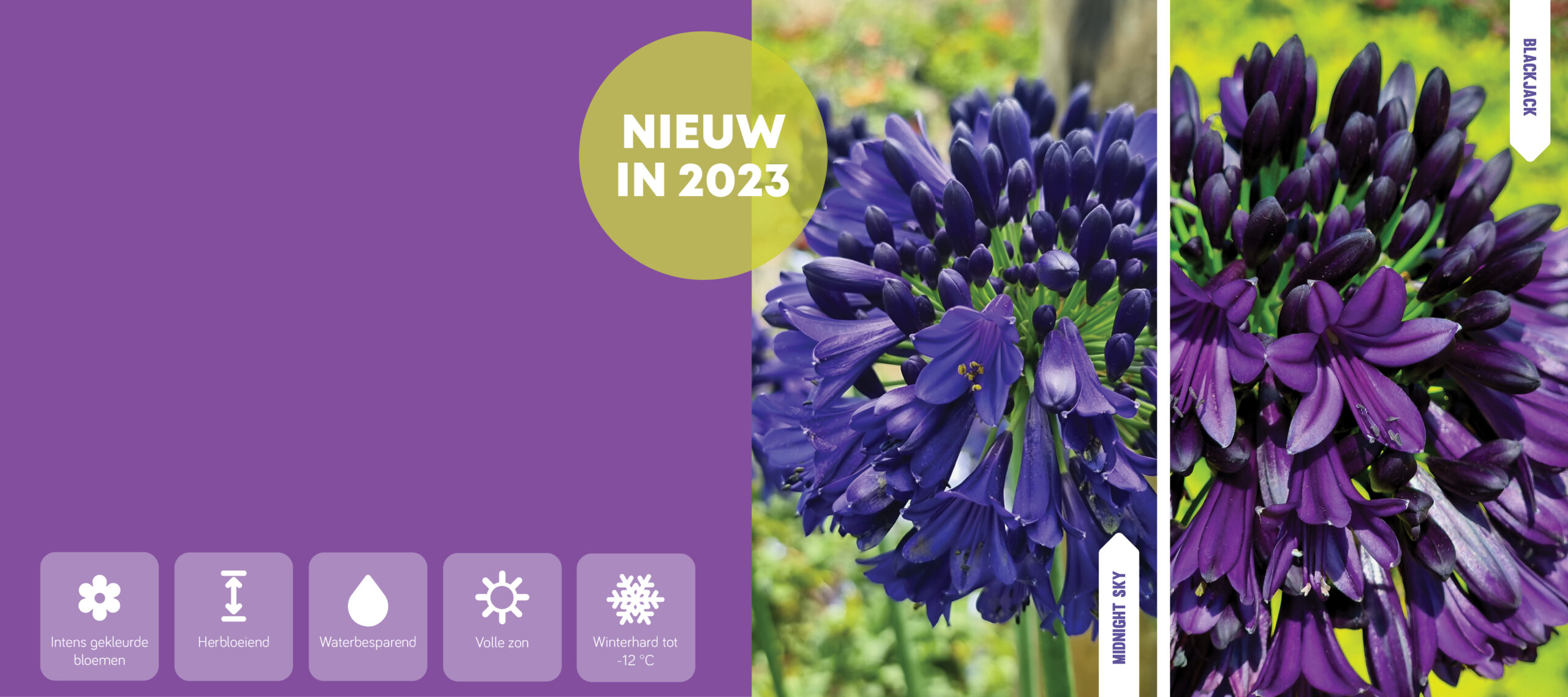
Minimaal water geven, maximaal genieten
Hello, Agapanthus


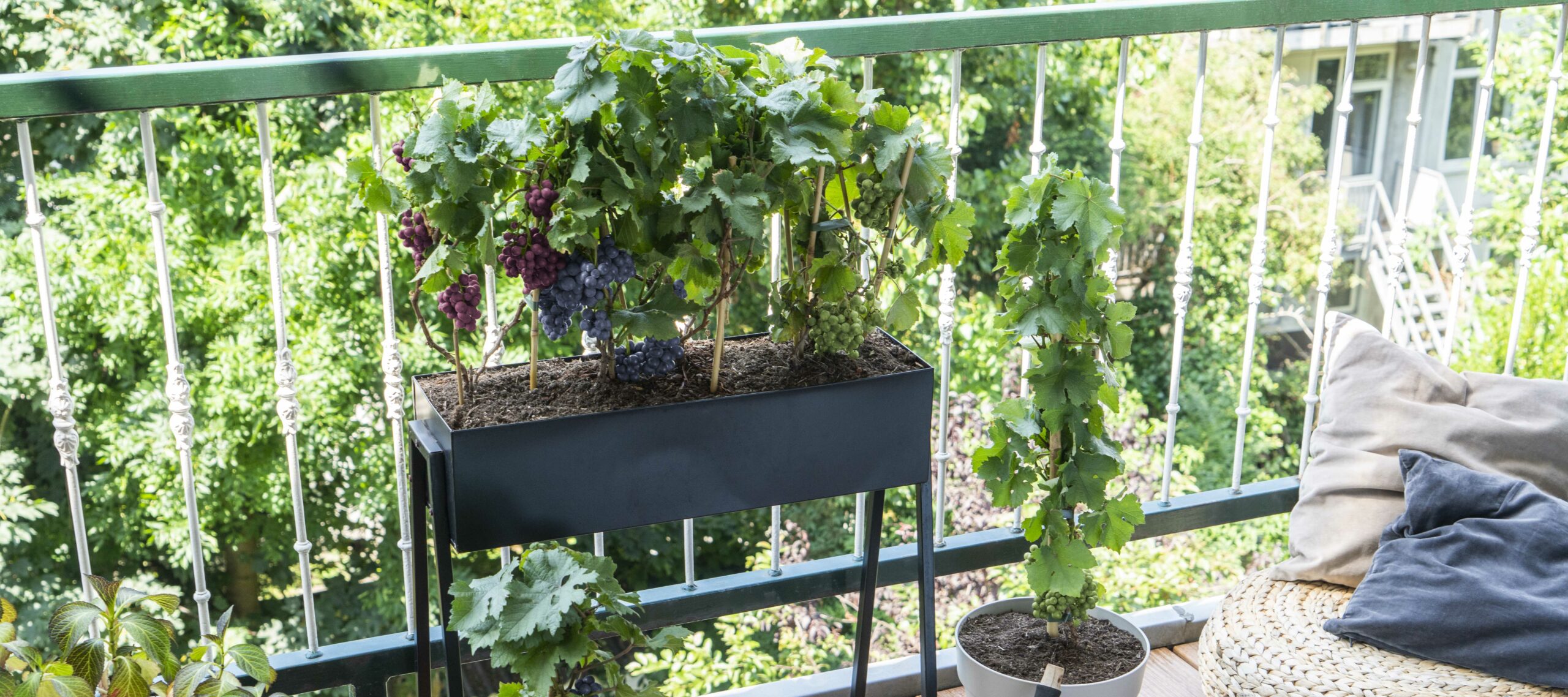
Eerste compacte wijn druif
Perfect voor balkon of terras

Laat je plant iets moois beginnen
Stop de vergrijzing









Laat je plant iets moois beginnen
Maak natuur van je muur



